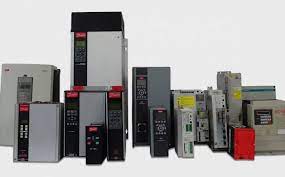Whether in everyday household appliances, renewable energy systems, or industrial machinery, the integration of inverter Frequenzumrichter Danfoss SEW Lenze Siemens reparieren lassen has brought about significant advancements in efficiency, control, and energy conservation. The advancements in inverter technology have led to the development of various types of inverters, each tailored to specific applications. Some common types include:
At its core, an inverter is an electronic device that converts direct current (DC) power into alternating current (AC) power. This conversion process involves sophisticated circuitry, typically employing semiconductor devices such as transistors or insulated-gate bipolar transistors (IGBTs). The primary function of an inverter is to modulate the frequency, voltage, and waveform of the output power to meet specific requirements.
One of the key advantages of inverter technology lies in its ability to regulate the speed and output of electric motors. Inverter-driven motors can operate at variable speeds, enabling precise control over rotational speed and torque. This feature is especially beneficial in applications where varying speeds are needed, such as in air conditioning units, refrigerators, and industrial pumps. By adjusting the motor speed according to the load demand, significant energy savings can be achieved, resulting in reduced power consumption and operational costs.
Moreover, in the realm of renewable energy, inverters play a crucial role in converting the DC power generated by solar panels or wind turbines into usable AC power. These inverters, known as grid-tied inverters or grid-interactive inverters, synchronize with the utility grid, allowing excess power to be fed back into the grid or drawing power when needed. This integration facilitates the efficient utilization of renewable energy sources and promotes grid stability.
